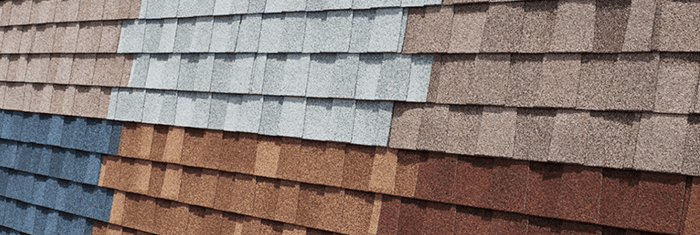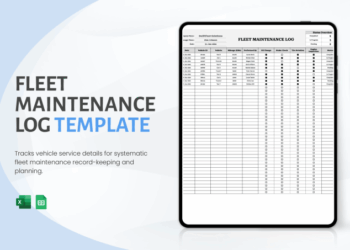When it comes to finding the best roofing shingles for durability, there are a multitude of options available. From asphalt to wood, metal, and tile shingles, each type offers unique characteristics that impact their longevity. Dive into this informative guide to discover everything you need to know about choosing the most durable roofing shingles for your home.
. Factors like exposure to sunlight, temperature fluctuations, and the presence of nearby trees can also affect the lifespan of roofing shingles.
Types of Roofing Shingles
When it comes to residential roofing, there are several types of shingles to choose from. Each type has its own set of characteristics and durability, making it important to understand the differences before making a decision.Asphalt Shingles
Asphalt shingles are the most common type used in residential roofing. They are affordable and come in a variety of colors and styles. Asphalt shingles are durable and can withstand various weather conditions, making them a popular choice for many homeowners.Wood Shingles
Wood shingles provide a natural and rustic look to a home. While they are aesthetically pleasing, wood shingles require more maintenance compared to other types. They are susceptible to rot, mold, and insect damage, which can affect their durability over time.Metal Shingles
Metal shingles are known for their longevity and durability. They are resistant to fire, rot, and insect damage, making them a low-maintenance option for homeowners. Metal shingles are also energy-efficient and can help reduce cooling costs during hot weather.Tile Shingles
Tile shingles are popular for their durability and longevity. They are resistant to fire, rot, and insect damage, and can withstand extreme weather conditions. While tile shingles are more expensive than other types, their long lifespan makes them a cost-effective choice in the long run.Factors Affecting Durability
When it comes to the durability of roofing shingles, several key factors play a crucial role in determining how long they will last. Factors such as material quality, installation method, and maintenance practices can significantly impact the longevity of shingles on a roof.Material Quality
The quality of the materials used in manufacturing roofing shingles is a major factor in determining their durability. High-quality materials, such as asphalt, metal, or clay, are more resistant to wear and tear from environmental factors like sun exposure, rain, and wind. On the other hand, low-quality materials may deteriorate more quickly, leading to a shorter lifespan for the shingles.Installation Method
The way roofing shingles are installed also plays a critical role in their durability. Proper installation by experienced professionals ensures that the shingles are securely attached to the roof, reducing the risk of damage from extreme weather conditions. Improper installation, on the other hand, can result in loose or incorrectly placed shingles that are more prone to leaks and damage.Maintenance
Regular maintenance of a roof can significantly extend the lifespan of roofing shingles. Inspecting the roof for damage, cleaning gutters, and repairing any issues promptly can prevent minor problems from turning into major repairs. Neglecting maintenance tasks can lead to premature shingle failure and reduce the overall durability of the roof.Specific Conditions
Specific environmental conditions can either enhance or reduce the durability of roofing shingles. For example, areas with high levels of humidity or frequent storms may experience faster deterioration of shingles compared to regions with moderate climatesLongevity and Lifespan
Proper maintenance is essential to extending the lifespan of roofing shingles, but the material and quality of the shingles also play a significant role in determining how long they will last.Average Lifespan of Roofing Shingles
- Asphalt shingles typically last between 15 to 30 years, depending on the quality of the shingles.
- Metal roofing can last 40 to 70 years or more, making it one of the most durable options available.
- Wood shingles have a lifespan of around 20 to 25 years, but this can vary depending on the climate and maintenance.
- Slate shingles are known for their longevity and can last 50 to 100 years or even longer with proper care.
Comparison of Shingle Longevity
- Asphalt shingles are the most common choice due to their affordability, but they have a shorter lifespan compared to metal or slate shingles.
- Metal roofing stands out for its impressive longevity, making it a cost-effective option in the long run despite the higher initial investment.
- Wood shingles require more maintenance but can still offer a decent lifespan if well cared for.
- Slate shingles are the top choice for longevity, offering a timeless and durable roofing solution for homeowners looking for a long-lasting option.
Best Practices for Enhancing Durability
Proper maintenance and care are essential for prolonging the durability of roofing shingles. By following some best practices, you can ensure that your shingles last longer and protect your home effectively.Regular Inspections and Maintenance
- Perform regular inspections of your roof to check for any damage or wear and tear.
- Address any issues promptly to prevent them from worsening and causing further damage.
- Keep gutters clean to prevent water from pooling on the roof, leading to leaks and damage.
Cleaning and Repairs
- Clean your roof periodically to remove debris, dirt, and moss that can deteriorate shingles.
- Repair any loose or damaged shingles immediately to maintain the integrity of the roof.
- Consider hiring professionals for deep cleaning and repairs for thorough maintenance.
Preventive Measures
- Trim overhanging branches to prevent them from damaging the roof during storms or high winds.
- Install gutter guards to prevent debris buildup and ensure proper drainage.
- Apply protective coatings to shingles to enhance their durability and resistance to weather elements.














